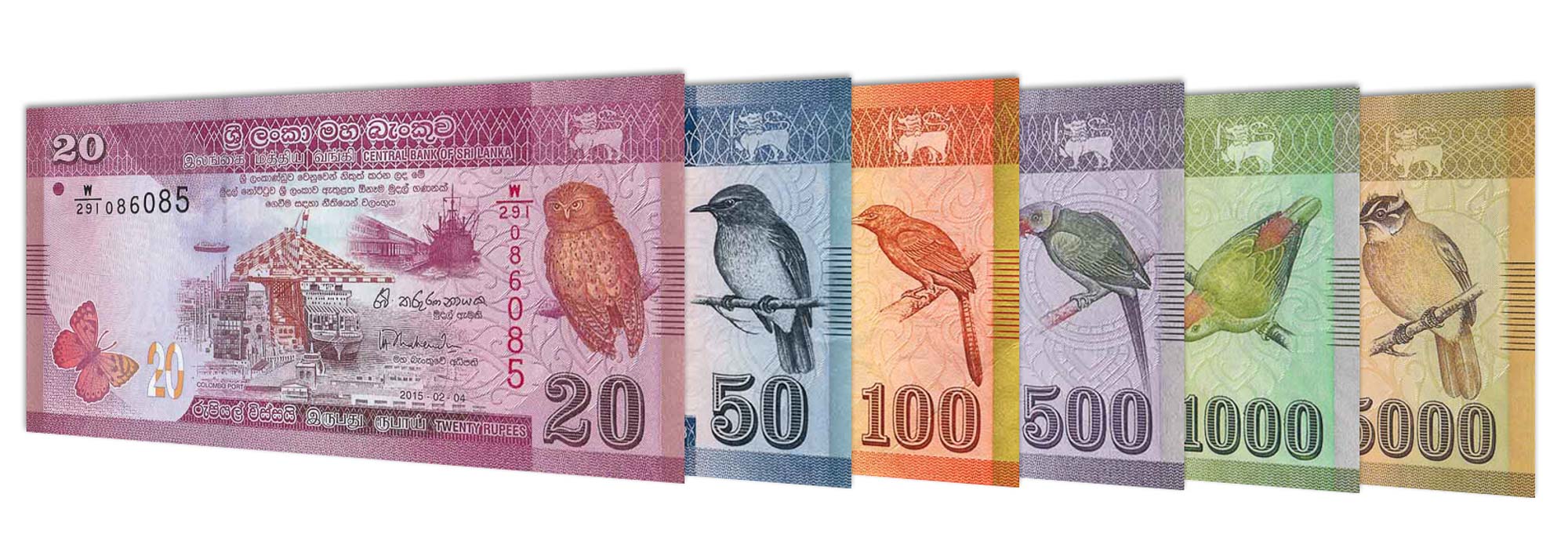

These are the most important floating currencies in the world, that is, currencies which move in response to the forces of demand and supply in the forex market, and are not actively managed by the respective central banks. We then regress the INR on a basket of other currencies – USD, Euro, Japanese Yen (JPY) and British Pound (GBP) (all expressed in terms of the NZD) – in order to estimate the impact of these currencies on INR. We use the New Zealand dollar (NZD) as the numeraire currency, given its stability over a long period of time. The essence of this methodology is that we estimate a ‘linear regression model’ 2 using the returns on cross-currency exchange rates expressed in terms of a suitable ‘numeraire’ currency. To estimate the various regimes that the INR might have experienced in the period from 2000 to 2020, we use a structural change methodology described in Zeileis et al. The actual rate that is observed is partly an outcome of the underlying macro-financial conditions or shocks faced by the economy, and partly of the intervention policy or currency policy of the central bank. Given the active foreign exchange intervention by the RBI, it is difficult to decipher India’s ERR by simply looking at the level of the exchange rate or the volatility.
#Exchange rate to rupee full
Full information about the ERR is often not disclosed by central banks and hence, the ERR needs to be uncovered from historical data using statistical methods. The de-jure classification of ERR of a country often diverges substantially from the de-facto ERR that exists in practice. The degree of foreign exchange intervention and the degree of flexibility in the exchange rates are likely to differ across the regimes based on the response of the RBI to the EMP. Specifically, we examine whether INR followed multiple regimes in the last couple of decades despite being market-determined, and if so, how the exchange market pressure was managed by the RBI across the different exchange rate regimes. We introduce a novel angle of analysing the ERR, by using an exchange market pressure index (EMP). In a recent study ( Patnaik and Sengupta 2021), we infer and document the evolution of India's exchange rate regime (ERR) from 2000 to 2020. The official stance has always been that the RBI does this in order to maintain “orderly conditions in the foreign exchange market” and to contain the volatility of INR. At the same time the RBI intervenes from time-to-time in the foreign exchange market to buy or sell dollars. Since then, there has been a currency market, and according to the Reserve Bank of India (RBI) the Indian rupee (INR) has been following a market-determined exchange rate, implying that the price of the INR is determined by the demand for and supply of foreign exchange (forex). This was part of the liberalisation and deregulation reforms of the early 1990s.

In 1993, India officially moved towards a ‘market-determined exchange rate’ from a fixed peg to the US dollar (USD) 1. Analysing data from 2000-2020, Patnaik and Sengupta examine whether INR actually followed multiple exchange rate regimes, and if so, how the Central Bank managed exchange market pressure across these regimes. Since 1993, the Indian rupee (INR) has officially been following a market-determined exchange rate – price is determined by demand for and supply of foreign exchange – with intervention by the Reserve Bank of India from time-to-time.


 0 kommentar(er)
0 kommentar(er)
